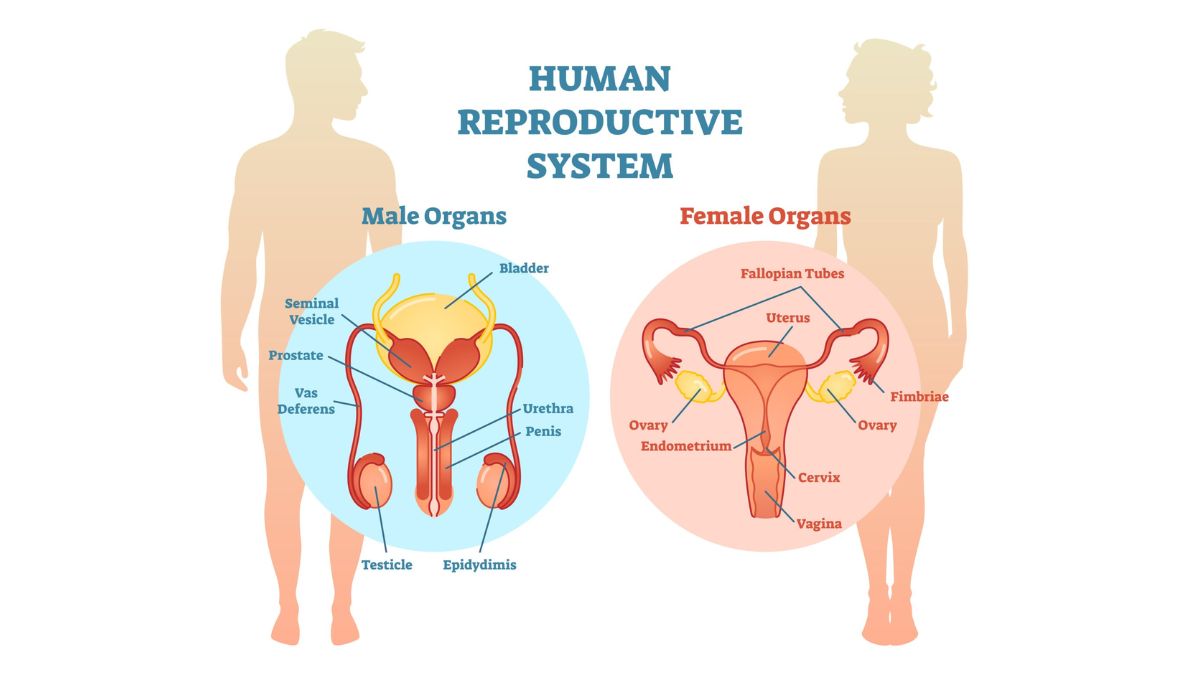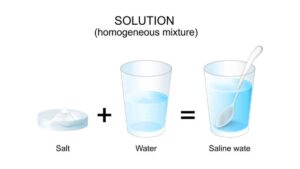The National Testing Agency has released the NEET Syllabus 2026 at its official website. All the students who are currently studying in class 12th or have took a year off for appearing in the NEET 2026 Exam must start preparing for the exam by learning all the important topics mentioned in the syllabus.
The NEET Biology Syllabus 2026 mentions Human Reproduction as one of the key topics, hence, it is important that all the aspirants must read and learn about the important topics covered in this chapter. To assist aspirants with the preparation phase we have added the NEET Notes for the Human Reproduction chapter in the article below.
Human Reproduction
Human reproduction is a sexual and viviparous (live-bearing) process involving gametogenesis (sperm and egg production), insemination (sperm transfer), fertilization (sperm and egg fusion to form a zygote), implantation (zygote attachment to the uterus), embryonic development (gestation), and parturition (childbirth). These events occur after puberty and are regulated by the nervous and endocrine systems, culminating in the development and delivery of a baby.
The chapter Human Reproduction is one of the most important topics in Class 12 Biology and carries significant weight in the NEET (National Eligibility cum Entrance Test). Understanding the process of reproduction in humans helps students grasp how life continues through generations.
1. Overview of Human Reproduction
Human reproduction is a sexual mode of reproduction involving the fusion of male and female gametes (sperm and ovum) to form a zygote. It ensures genetic diversity and continuity of species.
2. Male Reproductive System
The male reproductive system is designed to produce, store, and deliver sperm. It consists of:
- Primary Sex Organ – Testes:
- Paired oval structures located in the scrotum.
- Each testis contains seminiferous tubules, where spermatogenesis occurs.
- Leydig cells (Interstitial cells) secrete testosterone, responsible for male secondary sexual characters.
- Accessory Ducts:
- Epididymis: Site for sperm maturation and storage.
- Vas deferens: Transports sperms to the urethra.
- Ejaculatory duct: Helps in ejaculation.
- Urethra: Common duct for the passage of semen and urine.
- Accessory Glands:
- Seminal vesicles: Produce fructose-rich fluid for sperm nourishment.
- Prostate gland: Secretes alkaline fluid aiding sperm motility.
- Bulbourethral glands (Cowper’s glands): Lubricate urethra and neutralize urine acidity.
- External Genitalia:
- Penis – Copulatory organ that delivers sperm into the female reproductive system.
3. Female Reproductive System
The female reproductive system is responsible for ovum production, fertilization, and nourishment of the developing embryo.
- Primary Sex Organs – Ovaries:
- Almond-shaped structures producing ova (eggs) and female hormones (estrogen and progesterone).
- Accessory Ducts:
- Fallopian tubes (Oviducts): Transport ova from ovaries to uterus; fertilization occurs in the ampulla region.
- Uterus: Pear-shaped organ where implantation and embryo development occur.
- Cervix: Narrow opening of the uterus into the vagina.
- Vagina: Birth canal and copulatory organ.
- External Genitalia:
- Labia majora, labia minora, clitoris, and mons pubis form the vulva.
4. Gametogenesis
Spermatogenesis
- The process of sperm formation from spermatogonia inside seminiferous tubules.
- Involves mitosis, meiosis, and spermiogenesis.
- Sperm structure: Head (nucleus + acrosome), middle piece (mitochondria), tail (motility).
Oogenesis
- Formation of ova (eggs) from oogonia in the ovaries.
- Begins before birth and completes after fertilization.
- Primary oocyte → Secondary oocyte + Polar body → Ovum (after fertilization).
5. Menstrual Cycle
- Cyclic changes occurring every 28 days in females.
- Phases:
- Menstrual Phase (Days 1–5): Shedding of uterine lining.
- Follicular Phase (Days 6–13): Follicle growth; estrogen secretion.
- Ovulation (Day 14): LH surge causes release of ovum.
- Luteal Phase (Days 15–28): Corpus luteum forms; progesterone secretion maintains endometrium.
If fertilization doesn’t occur, corpus luteum degenerates → menstrual bleeding begins again.
6. Fertilization and Implantation
- Fertilization occurs when a sperm fuses with an ovum in the ampulla of the fallopian tube.
- The fusion of male and female pronuclei forms a zygote (diploid).
- The zygote undergoes cleavage → morula → blastocyst.
- Implantation: Blastocyst attaches to the endometrium of uterus (6-7 days after fertilization).
7. Pregnancy and Embryonic Development
- After implantation, the placenta forms and facilitates nutrient, gas, and waste exchange between mother and fetus.
- Human Chorionic Gonadotropin (hCG) is secreted by the placenta – used as an indicator in pregnancy tests.
- Embryonic stages: Zygote → Morula → Blastocyst → Embryo → Fetus.
8. Parturition (Childbirth)
- Parturition is the process of childbirth, initiated by oxytocin secretion.
- It involves uterine contractions leading to delivery.
- Divided into three stages:
- Dilation Stage
- Expulsion Stage
- Afterbirth Stage
9. Lactation
- After childbirth, mammary glands produce colostrum – rich in antibodies.
- Prolactin regulates milk production, while oxytocin aids in milk ejection.
Importance of Human Reproduction NEET Notes
The NEET Notes for Human Reproduction chapter carries immense importance for the students as:
- The topic of Human Reproduction carries significant marks in NEET exams every year. Questions frequently appear from processes like gametogenesis, fertilization, and menstrual cycle, making it essential for scoring well.
- These notes help students clearly understand how the male and female reproductive systems function, how gametes are formed, and how new life begins, forming the foundation for more advanced medical studies.
- NEET often includes diagram-based questions. Well-prepared notes help students revise important diagrams such as the male and female reproductive systems, structure of sperm, and stages of oogenesis and spermatogenesis.
- The chapter explains the role of hormones like FSH, LH, estrogen, and progesterone in reproduction. Understanding these hormonal interactions is vital for solving assertion-reason and case-based NEET questions.
- NEET questions are conceptual. These notes help students apply theoretical concepts to practical questions related to pregnancy, fertilization, and reproductive health.
- The concepts of human reproduction are linked to chapters like Reproductive Health, Human Physiology, and Genetics, helping students develop an integrated understanding of human biology.
- Concise NEET notes make it easier to revise all key concepts and diagrams quickly before the exam, saving valuable time during final preparation.
- A deep understanding of reproduction provides a strong base for subjects like anatomy, embryology, and gynecology in medical courses, making it an indispensable topic for aspiring doctors.









 NEET Preparation Strategy 2026: Detailed...
NEET Preparation Strategy 2026: Detailed...
 Free NEET Sample Papers 2026 PDF | Downl...
Free NEET Sample Papers 2026 PDF | Downl...
 Salt Analysis NEET Notes, Check Importan...
Salt Analysis NEET Notes, Check Importan...









